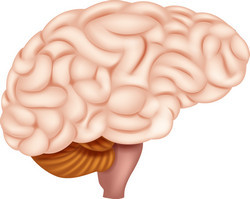An intense look at the genes for brain function
The SYNEURGY(opens in new window) (Synergistic modeling of gene-brain couplings with applications in affective neuroscience) project has used machine learning to enable powerful, multivariate, generic, data-driven, general purpose predictive modelling of brain response patterns. In particular, the researchers applied the new technologies to a population with a mutation resulting in an atypical sense of touch and sensitivity to pain, tactile allodynia. Tools developed provide a new approach to study the human brain and brain response patterns related to genetic changes. Brain processing and changes with disease involved the study of multisensory integration, identification of autism biomarkers and neurobiological changes in Alzheimer's disease. Research results have been widely disseminated globally by a variety of media. They were presented in 17 conference poster presentations (four selected for talks), one review paper, one book chapter, five journal publications and three conference proceedings papers. Interest in an algorithm has featured in a post(opens in new window) by a key blogger in the field. The technologies developed in SYNEURGY have provided a much improved approach to human brain studies. These tools could help us get to the root of mental illness that causes so much disability. Long term, this substantial knowledge base can be used in brain diagnostics, prognostics and therapeutic interventions in psychiatry.







